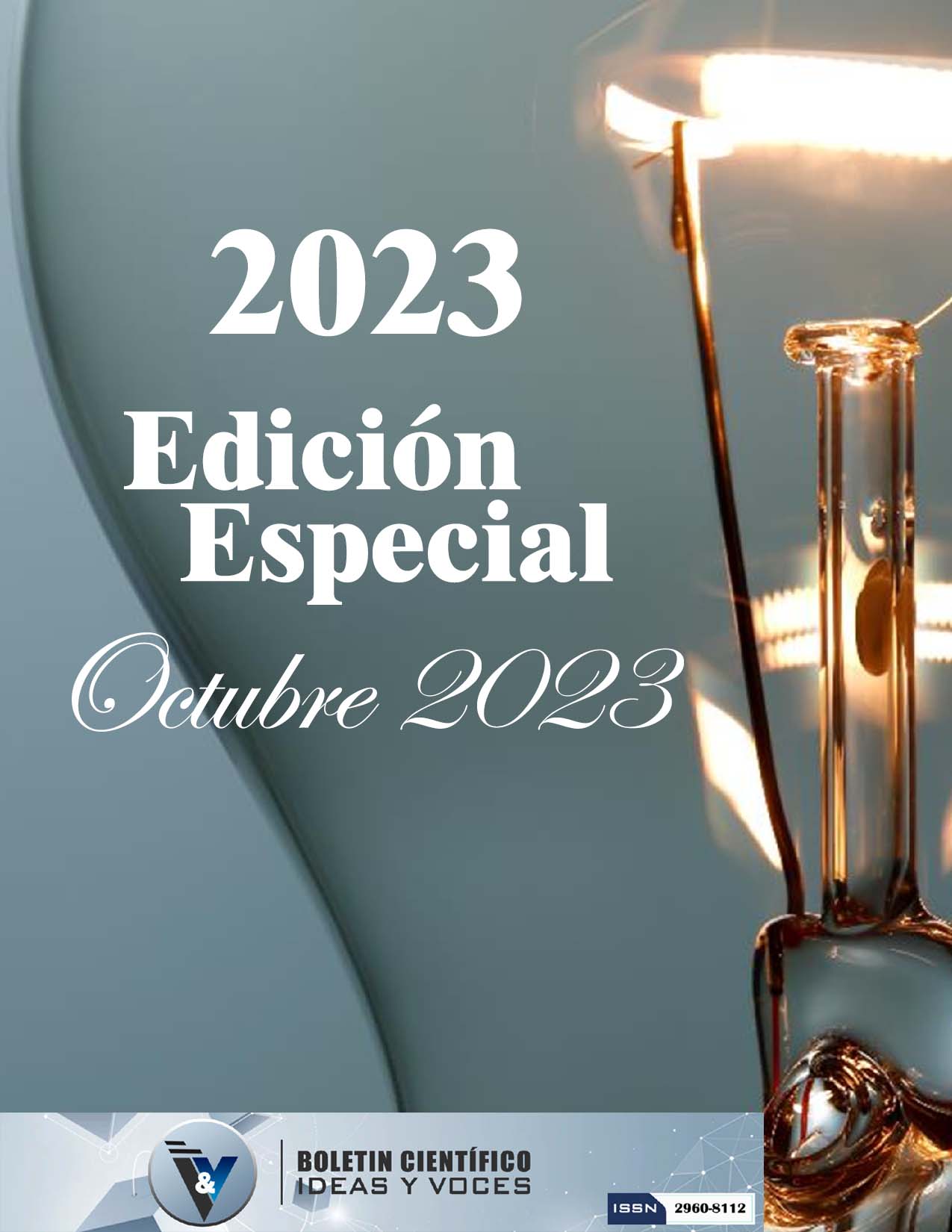Collaborative work as learning processes and interaction with the environment and positive human relationships Trabajo colaborativo como procesos de aprendizaje e interacción con el entorno y las relaciones positivas humanas
Main Article Content
Abstract
The research focuses on the use of collaborative work as a pedagogical tool for learning and positive human relations, using a case study in an early education classroom (children aged 4 to 5 years). A descriptive methodology with a qualitative approach was used, collecting data through interviews with a teacher and class observation. The study identified a discrepancy between the planning of collaborative activities between teachers and their joint execution, evidencing a lack of effective application of collaborative work in the teaching-learning process. This lack negatively impacts student learning. Although creative initiatives are highlighted to encourage collaboration between children, the lack of effective implementation of collaborative strategies in teaching practice limits the comprehensive development of children. The theoretical bases underline the importance of collaborative learning in the development of social skills and problem solving. Likewise, the potential of recreational activities to enrich the educational environment and promote positive relationships between students is highlighted. The study highlights the need for a more effective implementation of collaborative work in the classroom to improve the educational process and promote comprehensive development in children.
Downloads
Article Details

This work is licensed under a Creative Commons Attribution-NonCommercial 4.0 International License.




